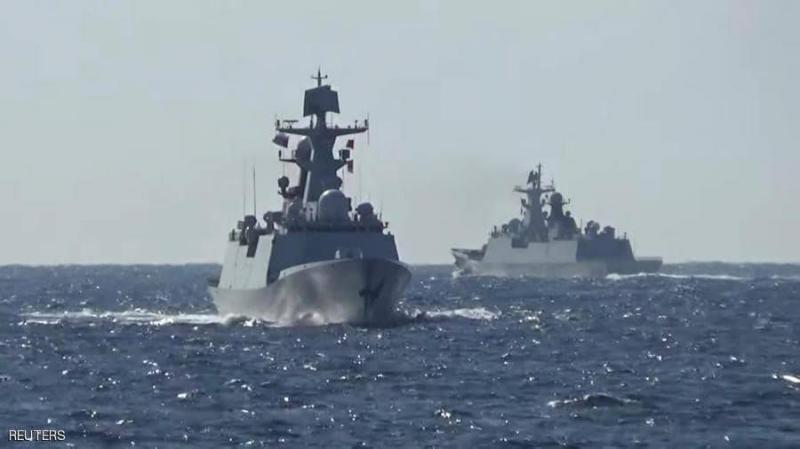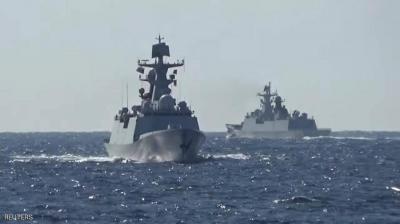Tensions are escalating day by day in the Pacific region following the announcement of alliances, missile tests, increased arms operations, and military drills, amid fears of an imminent conflict. The Asia region is witnessing a broad arms race under the pretext of deterrence and counter-deterrence in a power tug-of-war between China and its partners and the United States and its allies. Beijing accuses Washington of escalating tensions through the formation of a military alliance in the region.
The U.S. has woven a series of security and political alliances and bolstered the demands of countries in the South China Sea against Beijing, where this water body is facing massive sovereignty issues and a dispute over control of the islands, its waters, and multiple straits. The confrontation between the two powers unfolds in the South China Sea backdrop, with China's expansion showcasing maps that encompass most of the sea as Chinese territory. This has triggered protests from many ASEAN countries, as they consider several islands part of their territories.
**Asian NATO**
In mid-last month, Washington announced the "AUKUS" security alliance with the United Kingdom and Australia as a step to restructure the power structure in the Pacific region. This agreement is widely viewed as an attempt to counter Chinese influence in the South China Sea, a hotbed of tensions for years. Washington has also sought to revive and activate the Quadrilateral Security Dialogue ("Quad")—comprising the United States, India, Japan, and Australia, which was established as a platform for security and intelligence cooperation among the four countries, forming the nucleus for an expanded "Asian NATO," encompassing Asian, European, and possibly Middle Eastern countries within the framework of the U.S. strategy to "contain China," similar to the containment strategy toward the former Soviet Union during the Cold War.
At the end of last month, leaders from the United States, Japan, India, and Australia held their first direct meeting for the so-called "Quad" grouping, focusing on several issues, with the security of the Indian and Pacific Oceans at the forefront.
**Chinese-Russian Alliance**
On the other hand, Moscow and Beijing, which conducted naval cooperation exercises in the Sea of Japan earlier in October, have established closer military and diplomatic ties in recent years as their relations with the West have soured. Since 2012, Moscow and Beijing have conducted regular naval maneuvers. The Chinese People's Liberation Army has participated in Russia's three annual strategic drills since 2018, and now the Russians are participating in exercises in China.
In response to a question about why China and Russia have not signed a complete agreement on a military alliance, the Chinese ambassador in Moscow, Zhang Hanhui, said: "We are more than just allies; we are brothers."
**Pacific Maneuvers**
On Saturday, the Russian Ministry of Defense announced in a statement that Russian and Chinese warships organized their first joint patrols in the western part of the Pacific Ocean on October 17 and 23. The Ministry added that "the tasks of these patrols are to demonstrate the flags of both Russia and China and to maintain peace and stability in the Asia-Pacific region while protecting the maritime economic activities of the two countries."
Earlier in October, the two countries conducted maritime cooperation exercises in the Sea of Japan and have strengthened their military and diplomatic relations in recent years amid strained relations with the West. In August, the Russian-Chinese joint strategic military drills "West/Interaction - 2021" took place in the northwestern region of China's Ningxia Autonomous Region, involving 10,000 troops from both countries.




